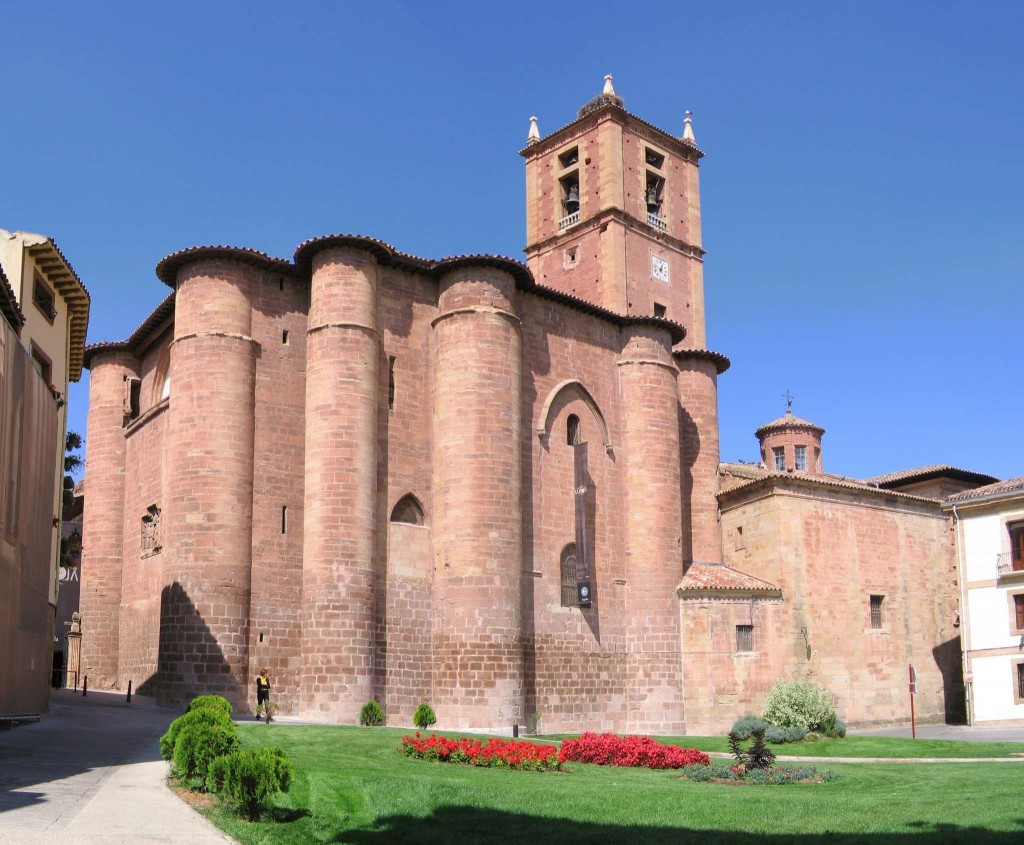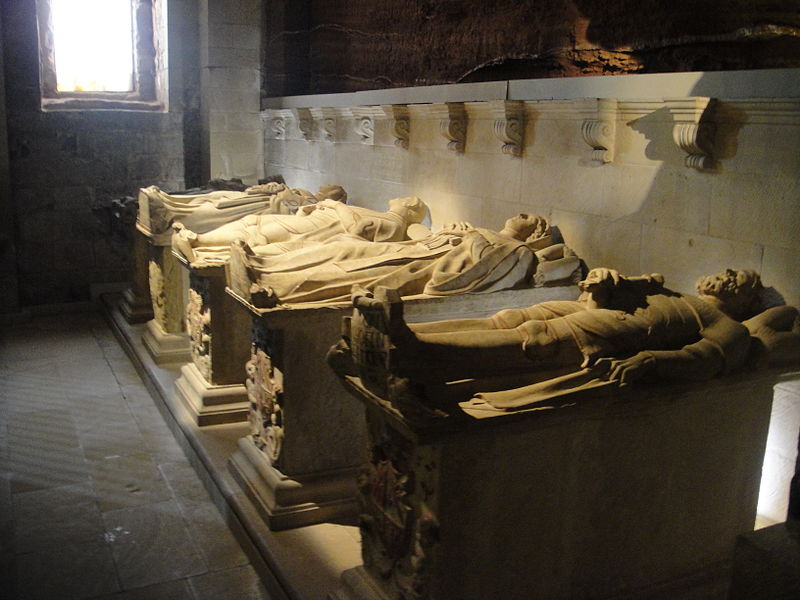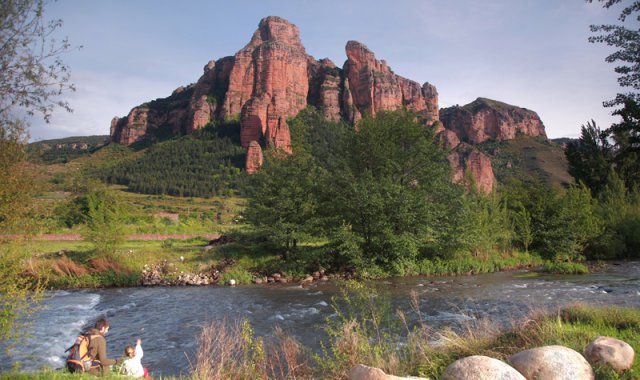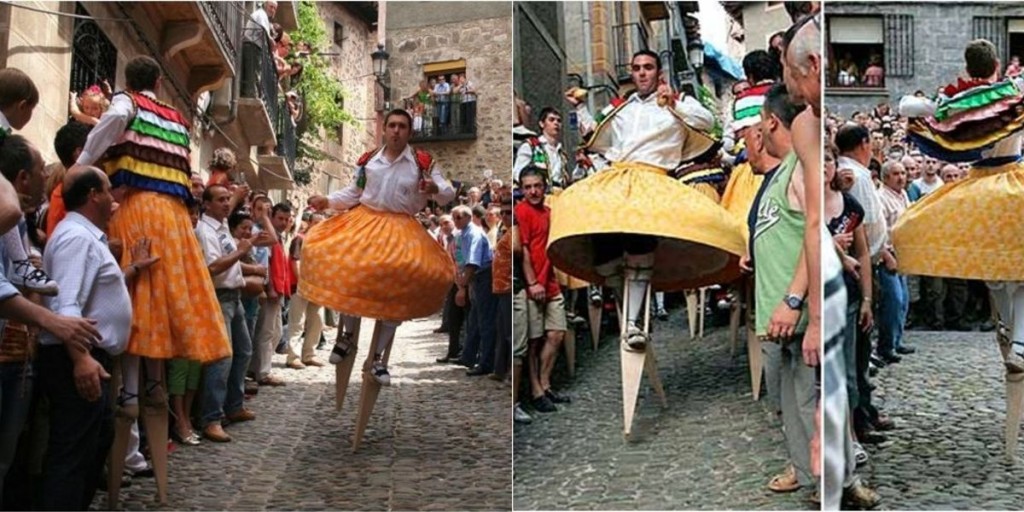Travelling to La Rioja brings together everything you can expect from a trip and much more, it always surprises you and leaves you wanting to come back. This is what happens with Nájera, one of the most special places in La Rioja. If you still don't know Nájera, book yourself a few days because after reading this post it will be your next destination 🙂
Origin and History
Nájera is a municipality in La Rioja crossed by the river Najerilla at the foot of the Peña Malpica.
Various prehistoric sites from the Bronze Age have been found which testify that the town of Nájera was already inhabited from that period, although many speak of its pre-Roman origin. It would later become one of the most important Roman enclaves in the area, but its greatest splendour would undoubtedly come during the Middle Ages . Around the year 714, the Arabs occupied Nájera to turn it into a fortress and stronghold of La Rioja. The name Nájera comes from the Arabic 'Naxara' and means 'place between rocks'.
The Kingdom of Navarre was born in 918, when Sancho Garcés, King of Pamplona, handed over the lands of the Ebro from Miranda to Tudela to his son García Sánchez, establishing the court of Navarre in the town and making Nájera the capital of the kingdom.
In 1076, Alfonso VI incorporated it into Castile. The passage of pilgrims to Santiago de Compostela, the mobility of the different guilds and an important Jewish community meant that Nájera grew rapidly. In 1454, Henry IV of Castile granted the city the title of "Very Noble and Very Loyal", a title that was reaffirmed by the Catholic Monarchs in 1482.
At present, the bulk of Nájera's economy is based on industry, especially the furniture industry and, to a lesser extent, agriculture.
Monuments
Nájera is home to a large number of outstanding monuments that you can discover as you stroll through its beautiful streets.
- Monastery of Santa María La Real: undoubtedly the most outstanding monument in the city. Of royal foundation (10th century), in honour of the Virgin of Santa María because legend has it that thanks to her intervention, King García de Nájera was victorious over the Arabs in Calahorra. Of particular note is the imposing cloister of the Knights (16th century), which combines Gothic, Plateresque and Renaissance styles. In the Pantheon of the Kings lie the remains of Blanca de Navarra, Diego López de Haro and the Dukes of Nájera. The church is Gothic in style and is built on the primitive Romanesque remains. It has three naves, a transept and a tower at the foot. In its central nave is the choir and special mention should be made of its stupendous stalls belonging to the flowery Gothic style. Just at the end of this central nave is the cave of Santa María la Real, carved directly into the rock, where King García de Nájera found the image of the Virgin. Until it was declared a National Monument in 1889, the monastery was used as a theatre, as a public works depot and warehouse, and also as infantry barracks.
 Monastery of Santa María la Real. Author: Dietmar Giljohann
Monastery of Santa María la Real. Author: Dietmar Giljohann
 Royal tombs in the Monastery of Santa María la Real de Nájera. Author: Lancastermerrin88
Royal tombs in the Monastery of Santa María la Real de Nájera. Author: Lancastermerrin88
- Convent of Santa Elena: founded in the mid-16th century, it currently has a church, cloister and other rooms of which only the church can be visited, where we can find some magnificent altarpieces.
- Monastery and parish church of Santa Cruz: the present church was consecrated in 1611 and has 3 naves and 9 altars that house the relics of different saints and paintings from Santa María la Real.
- Ruins of the Castillo de la Mota: destroyed in the 16th century.
- Holy Hospital of the Refuge (XVII)
- Museo Najerillense: where different archaeological, art and ethnographic pieces are brought together. This museum is located in the former Palace of the Abbot of Santa María la Real.
- Cuevas del Castillo: these are artificial caves located in the hills that protect the city and although their origin is uncertain, it is believed that they were used as defence and refuge areas.
Special mention should be made of the The Way of Saint James passing through NájeraNájera, as well as its imposing historic quarter, its promenade, the banks of the Najerilla, the Peña Malpica, the Barranco del Inglés ravine and other areas that will captivate you.
Interesting getaways
The location of Nájera is perfect for travelling to nearby places that you cannot miss, such as, for example:
- San Millán de la Cogolla; probably the most outstanding monument in La Rioja, declared a World Heritage Site in 1997, and it was here that the first words in Spanish were written. first words in the Romance language, the first words in Castilian or Spanish.
- Monasteries of Yuso and Suso
- Monastery of Cañas: one of the first Cistercian Abbeys in Spain.
- Basilica of Santa María de los Arcos, in Tricio.
- Anguiano and Valvanera: in Anguiano we can find the Virgin of Valvanera, patron saint of La Rioja. The bridge of Cuevas is also outstanding, as well as the internationally famous Dancers on stilts.
- Logroño, Ezcaray, Santo Domingo de la Calzada, Haro or Briones.
Highlights in Nájera
- Festivals in Nájera: in July and August you can enjoy various festivals, concerts and exhibitions. The most important of these festivals is the theatrical representation of the "Kingdom of Nájera".
- Danzadores de Anguiano: 15 minutes from Nájera, in the town of Anguiano, this unique dance, the oldest in La Rioja, is performed by 8 young people from the town on wooden stilts 45 cm high and dressed in coloured waistcoats and yellow skirts. They are launched from the church, passing through a cobbled slope until they reach the square of Anguiano. It takes place on 22 July, also on the feast of the Magdalena and on the last Saturday in September.
- Festivities: 17 January (San Antón); 19 March (San José artesano, patron saint of the timber guild); 28 April (San Prudencio, patron saint of the town); 1 May (medieval market, to commemorate Ferdinand III the Saint as King of Castile); 13 June (San Antonio); 24 to 30 June ('Las Vueltas' in honour of San Juan and San Pedro, culminating in the burial of 'La Venancia'); 15 to 18 September (Nájera's main festivities in honour of San Juan Mártir and Santa María la Real); the weekend closest to 29 September (Ferias de San Miguel); last Sunday in May (Festival del pimiento riojano).
- Furniture Fair: held at Easter.
Vivanco: essential visit
As you know, if you visit Nájera, your trip should not miss a visit to Vivanco. Just 25 minutes away by car, in Briones, we will show you all about wine culture and explain how we work in our winery. An experience that will enrich your trip to Nájera and help you discover the spirit of La Rioja.
As you can see, there are many reasons to visit Nájera and its surroundings. What are you waiting for?



















1 comment